SQUAMISH, British Columbia — A British Columbia railroad museum has restored a Canadian National FP9 to its historic red, black, and white zebra stripe scheme.
On Nov. 17, the West Coast Railway Association celebrated the public debut of CN No. 6520. The locomotive’s restoration was funded by the West Coast Railway Association, the Canadian National Railways Historical Society, Rapido Trains, and an individual, Jeff Birmingham.
No. 6520 was built for CN in 1957. The locomotive was eventually acquired by VIA Rail and later worked on an Ontario tourist railroad before coming to the West Coast Railway Heritage Park in Squamish. No. 6520 is one of the first operating preserved locomotives to be repainted into the passenger version of the CN zebra stripe scheme. The heritage park, which is maintained by the railway association, features a number of historic locomotives, including Canadian Pacific “Royal Hudson” No. 2860.
No. 6520 will be used alongside the museum’s Canadian Pacific FP9 to power Polar Express excursions every weekend from Nov. 23 to Dec. 15. For more information, visit the museum’s website.





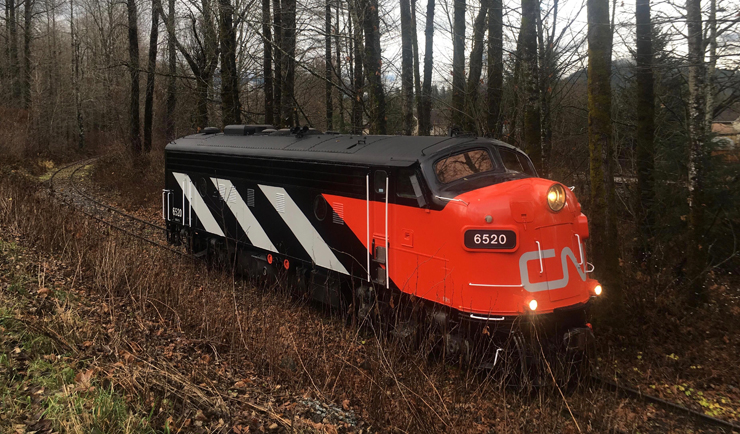

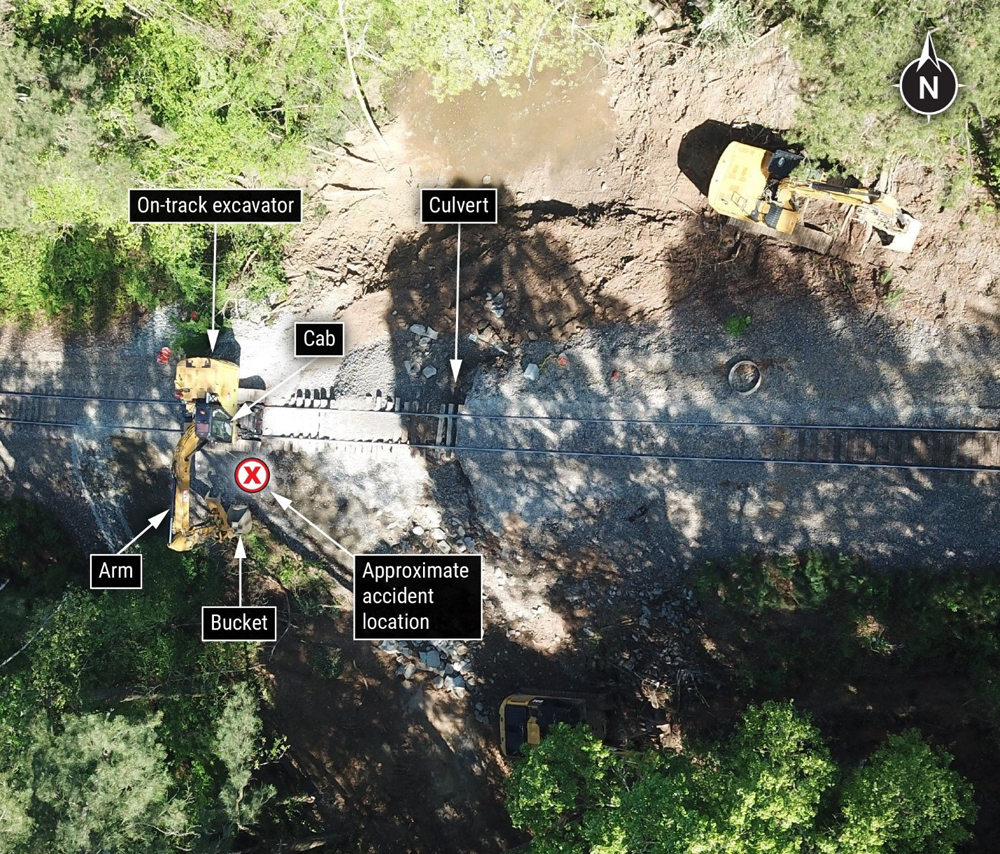
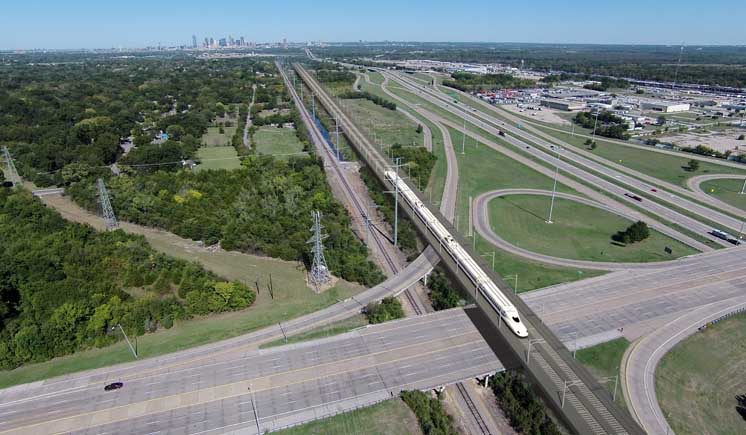
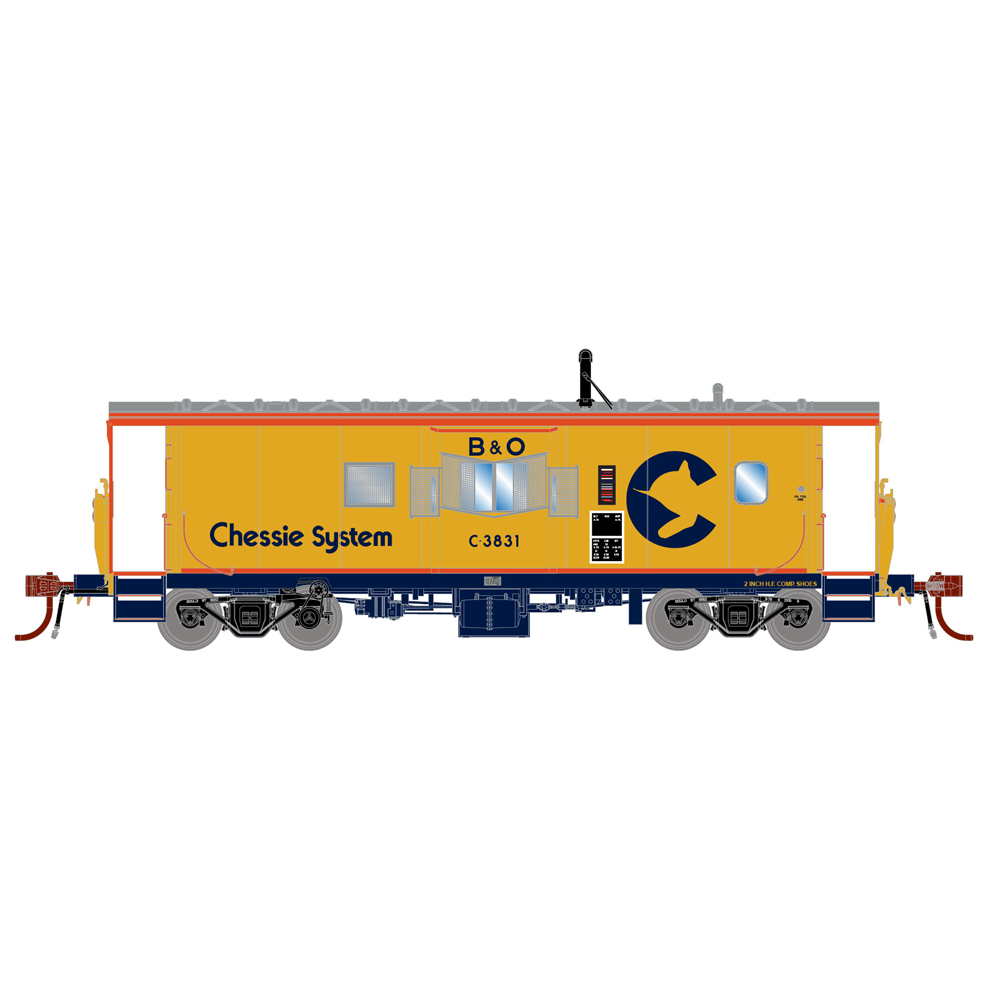
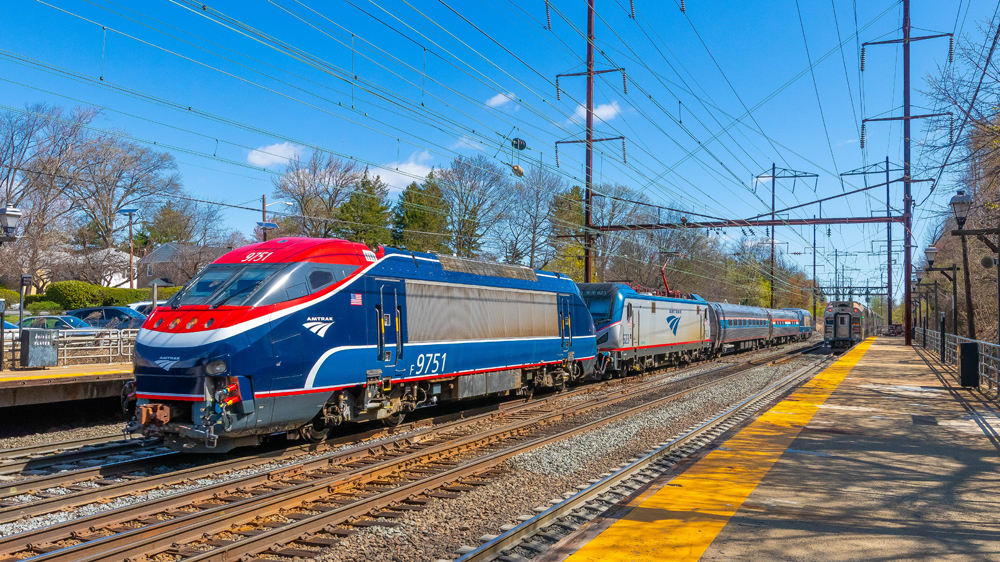




The restoration of the zebra paint scheme reflecting the abstract trend in industrial art in the 1960s on ex-CN FP9 No 6520 is impressive. What would have been better is the more ornate factory paint scheme in olive green and black with yellow stripes, accented with CN’s historic maple leaf logo.
The railway museums in possession of ex-Southern E8 locomotives always restore them to their 1970s Southern Crescent appearance. This was an era when the decline of passenger trains plateaued. The missed opportunity is restoring the E8’s to their factory appearance in the early 1950s [when long distance passenger trains were still relevant] complete with Mars and oscillating lights, nose hatch light, original 2900-series numbering, and gold stripes and lettering over the Virginia green paint. Full skirting would be excellent.
I do recognise the limited budget and resources museums have.
I was just reading a short book chapter about 2860 and its use on excursion runs not so long ago
Does 2860 even run anymore?
CURTIS _
Before the youthful Mondriaan became the better-known Mondriaan, he had some interesting stuff quite different than what he’s known for. It’s hanging at the Gemente-Museum (Municipal Museum) in ‘s-Gravenhage (the Hague). Quite proud of myself that I got the right tram by asking in Dutch, a language I don’t speak or understand.
You gave the French spelling Mondrian as opposed to my Dutch spelling of Mondriaan so I suppose that works for Canada.
Took me years to realize his stuff wasn’t that good and the aesthetic he engendered was worse. I caught the tail end of the VIA – RAIL Tempo train service before they were withdrawn and I asked myself, What was the interior designer thinking?
Another Mondriaan-like disaster was the interior design of the original 1960’s ICRR electric double-deckers, still not modified when I rode in 1994.
Later on! I’m off to the Dutch Reformed Church for the evening. Don’t ask. I’m not Dutch-American nor am I Protestant.
This FP-9 was sold from VIA to Trains Touristiques du St-Laurent in 1994. I worked on that train in 1995-96 as a historian and narrator. It ran from Québec city to La Malbaie along the St-Lawrence river on the former Murray Bay sub which at that time was renamed Chemin de Fer de Charlevoix. It was renumbered by VIA as 6306. After the sad end of that highly scenic operation, the engine, its sister 6305 (ex 6508) and the whole consist of coaches, all from VIA and all wearing the original Green, Gold and Black colors, were sold to Waterloo and St-Jacobs, in Ontarion where it was run for a short time.
Bertrand Dion
St-Irénée, Charlevoix, Qc.
Have to love the Piet Mondrian reference…to which there may be some scratching their heads…who?
Museum heck – I road behind CNR F’s on an actual mixed train! This was the long since discontinued Fort MacMurray to Edmonton train in 1984, shortly after CN picked up NAR. Magnificent beasts, more so than any photo or video can capture.
The 1960’s Piet Mondriaan get-up on CNR train exteriors, train interiors, depot architecture, logotype, timetables, etc., is terribly dated to our eyes. BARRY WILLIAMS is correct – it was the right stuff at the right time for CNR’s passenger push of that era. No one who sees VIA RAIL’s current pathos could imagine what it was like back then when CNR was working very hard to save in Canada what was dying in America.
If I recall the date, Passenger Train Journal captured all this in an article in its October, 1974, edition. October of 1974 was Amtrak on our side of the border but still railroad – operated in the Great White North. As a rule of thumb a nation with a tenth our population had, in 1974, almost as many intercity trains as we had.
Unfortunately when it comes to passenger trains the Maple Leaf is NOT Forever. Today’s VIA is a token shambles.
Penelope, this paint scheme represents the start of CN;s pro passenger push in the 1960’s. There are hardly any saved diesels painted in this scheme where as there are quite a few of the G/B/Y scheme.
When they say tourist RR in Ontario I’m assuming the Agawa Canyon over the former Algoma Central.
Looks Great!